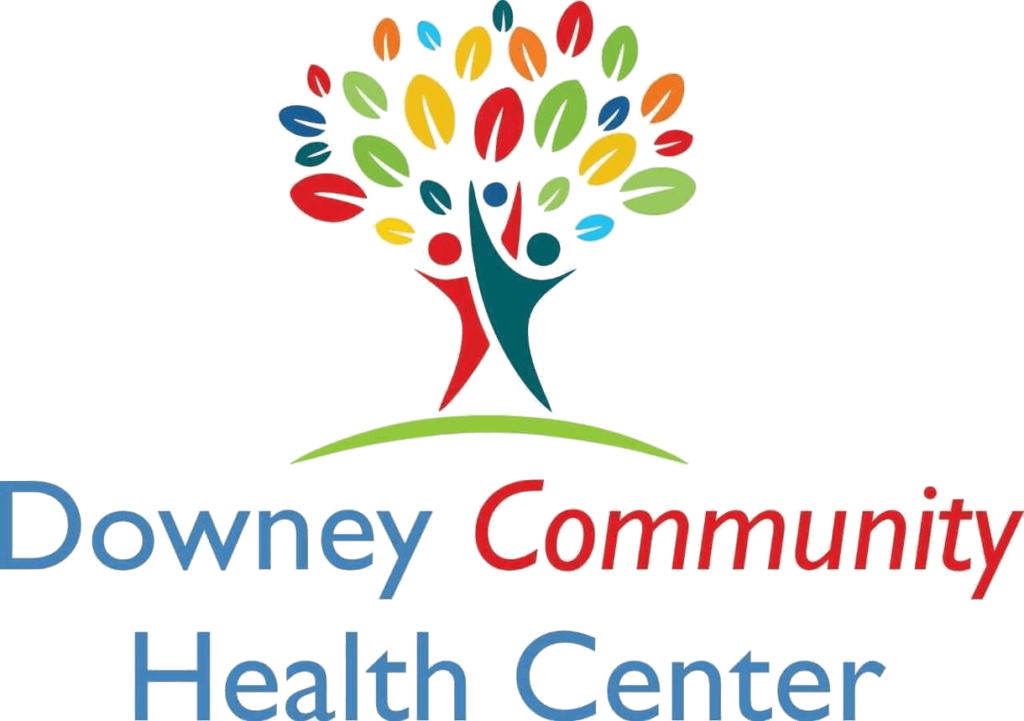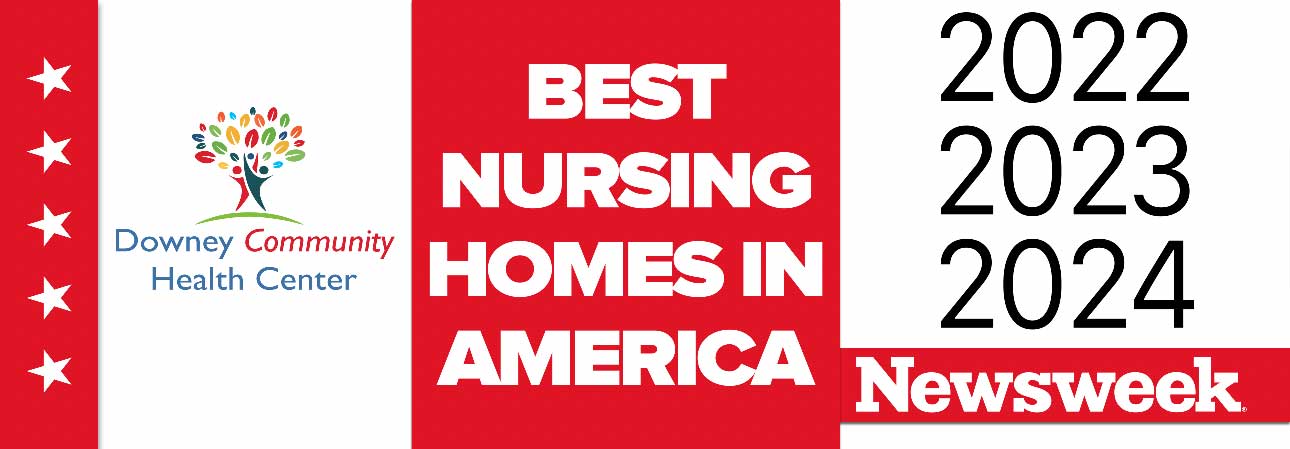Continuing Care Retirement Communities (CCRCs) are designed to provide a comprehensive, lifelong housing solution with a continuum of care for seniors. These communities accommodate residents’ changing needs, from independent living units to assisted living and even skilled nursing care, all within the same campus.
The best time to move into a CCRC is generally when individuals are still relatively independent, which allows them to fully enjoy community amenities and social opportunities before needing higher levels of care.
This unique setup allows individuals to age in place, having their residential needs met without the hassle of moving should their health care requirements change.
Initially, these communities were developed to provide a secure and carefree lifestyle for seniors, combining housing, amenities, and health care in one location.
Types of Care Offered in CCRCs
A Continuing Care Retirement Community (CCRC) offers a spectrum of care options designed to cater to the evolving needs of its residents.
These options range from independent living arrangements for those who seek minimal assistance, to more comprehensive care facilities designed for individuals requiring a higher level of support.
Independent Living
This option is ideal for residents who wish to live autonomously but benefit from the community setting and amenities provided by the CCRC.
These accommodations often include apartments or cottages equipped with kitchens, allowing residents to maintain their lifestyle with the security of available assistance if needed.
Assisted Living Facilities (ALFs)
For individuals who require assistance with daily activities such as bathing, dressing, and medication management, ALFs offer a supportive environment. Staff are available to provide help while encouraging independence in a respectful manner.
Skilled Nursing Care
When residents need round-the-clock care due to health issues or after a hospital stay, skilled nursing care within a CCRC provides intensive, professional medical attention.
This care is typically offered in a designated part of the community and is staffed by licensed nurses and healthcare professionals. Therefore, residents pay for an extensive life-care contract that allows nurses to care for all their needs.
Memory Care Units
Specifically designed for those living with Alzheimer’s disease or other forms of dementia, memory care units offer a secure environment with specialized programs to support memory preservation and enhance quality of life.
Staff in these units are trained in dementia care, providing a level of expertise crucial for managing these conditions.
Comprehensively, CCRCs adapt to the dynamic requirements of their residents, ensuring access to appropriate levels of care as individuals’ needs change over time.
Benefits of Choosing a CCRC
Continuing Care Retirement Communities (CCRCs) present a unique approach to aging, combining independence with a continuum of care that adjusts to the needs of its residents over time. Here are the key benefits:
Aging in Place
CCRCs allow aging individuals the luxury to remain in a single community as their care needs evolve, ensuring a sense of stability and familiarity. This continuity is invaluable, providing residents the comfort of knowing they won’t have to face the stress of moving as they age.
Comprehensive Care Services
These communities offer a spectrum of care levels, from independent living to assisted living, and even skilled nursing care. This means as residents’ health needs change, the requisite support is readily available without the need to seek external facilities.
Social and Recreational Activities
Apart from care services, CCRCs actively promote a vibrant community life. Residents have access to various social and recreational activities which are crucial for mental health and overall well-being.
Financial Security and Predictability
Many CCRCs operate on a predictable payment model, offering residents financial clarity about their future expenses. This model can alleviate worries about the unpredictable costs associated with healthcare needs as a person ages.
Choosing a CCRC comes with the assurance of a secure, engaging, and cared-for lifestyle, enabling seniors to enjoy their retirement years with peace, purpose, and dignity.
Major Problems of CCRCs
Continuing Care Retirement Communities (CCRCs) have high upfront entry fees and ongoing monthly costs, which can be a significant financial burden for many families.
Evaluating and Choosing a CCRC
Evaluating and choosing a Continuing Care Retirement Community (CCRC) is a critical decision that impacts your lifestyle, well-being, and financial security in retirement. When considering a CCRC, it’s essential to weigh several key factors:
Location Considerations
The location of a CCRC is vital not only for its climate and natural surroundings but also for its proximity to medical facilities, shopping centers, cultural attractions, and family. An ideal location enhances quality of life and ensures that a broad range of needs and interests are met.
Facility Amenities and Services
Amenities and services offered by a CCRC directly contribute to the comfort, convenience, and enjoyment of its residents. Prospective residents should explore the availability of fitness centers, dining options, recreational activities, transportation services, and healthcare facilities.
Understanding the scope of amenities and services available can help gauge how well a community fits individual lifestyle preferences.
Accreditation and Licensing
Accreditation and licensing provide a measure of a CCRC’s quality and the reliability of its services. Accredited and licensed communities have met specific standards that cover aspects from the quality of care to the management of the facility.
Verifying a community’s accreditation and licensing status is a crucial step in ensuring its credibility and commitment to excellence.
Financial Stability of the Community
The financial health of a CCRC is paramount to its ability to deliver promised services and care over the long term. Prospective residents should review audited financial statements, occupancy rates, and any reports on its reserves and funding for future care commitments.
Considering these aspects can guide individuals and families in selecting a CCRC that aligns with their needs, preferences, and long-term expectations, ensuring a secure and fulfilling retirement living experience.
Wellness and Healthcare Management in CCRCs
Continuing Care Retirement Communities (CCRCs) are designed to offer more than just a place to live; they are structured around the holistic wellness and comprehensive healthcare management of their residents.
At the core of CCRCs are Wellness Programs and Activities that aim to maintain and enhance the physical, mental, and social well-being of residents. From fitness classes and nutritional counseling to mental health workshops, these programs encourage a lifestyle of health and active engagement.
Beyond promoting wellness through proactive measures, CCRCs provide seamless Access to Healthcare Services. This includes on-site medical facilities, regular health screenings, and easy access to nurses and doctors, ensuring that residents receive prompt and continuous medical care.
This integrated healthcare model is designed to offer convenience and peace of mind for both residents and their families.
In addition to preventative care and basic medical services, CCRCs address Chronic Disease Management with specialized programs tailored to residents’ specific health needs. Since they offer consistent monitoring, medication management, and therapy sessions, CCRCs help in managing chronic conditions effectively, improving quality of life, and potentially reducing the need for hospitalization.
Lastly, an essential component of healthcare management in CCRCs is End-of-Life Care Planning. CCRCs provide resources and support for advance care planning, ensuring that residents’ wishes for end-of-life care are respected and fulfilled.
This thoughtful approach includes palliative care, hospice services, and emotional support for both residents and their families during these challenging times.
Together, these elements of wellness and healthcare management in CCRCs create a comprehensive ecosystem that supports residents through every phase of retirement, ensuring their well-being and dignity throughout.
Maintaining Independence and Dignity in CCRCs
Maintaining independence and dignity is a foundational pillar of Continuing Care Retirement Communities (CCRCs). These communities are committed to providing residents with personalized care plans, ensuring that each individual receives the precise level of support and medical attention they require without impinging on their autonomy.
In CCRCs, respecting resident privacy and fostering a sense of independence is crucial; individuals are encouraged to lead their lives as they see fit, making their own day-to-day decisions.
Furthermore, CCRCs are equipped with adaptive technologies and features designed to accommodate the changing needs of residents, ensuring that physical limitations do not hinder their engagement in community life.
From ramps and lifts to advanced health monitoring systems, these technological integrations are instrumental in promoting accessibility and independence.
Beyond physical health, CCRCs recognize the importance of cultural and spiritual support in enhancing the well-being of residents.
Communities often offer a wide range of activities, services, and facilities that cater to diverse cultural backgrounds and spiritual practices, ensuring that all residents can find comfort and fulfillment.
This holistic approach underpins the CCRC model, ensuring that while residents may require varying levels of care, their independence, dignity, and personal preferences remain at the forefront of their living experience.
Staffing and Caregiver Support
In a Continuing Care Retirement Community (CCRC), staffing and caregiver support form the backbone of a dependable and nurturing environment.
A key facet of this support system is the requirement for qualified staffing, ensuring that all personnel are adequately trained and possess the necessary qualifications to provide the highest level of care.
This is complemented by ongoing training and development programs, designed to keep the staff abreast of the latest care techniques and innovations in eldercare, enhancing their capacity to meet the diverse needs of residents.
Adopting a resident-centered care approach is paramount. This philosophy prioritizes the preferences and needs of the residents, ensuring that care plans are tailored to individual requirements and that residents are active participants in their own care. Such an approach fosters a sense of dignity, respect, and community among the residents.
Furthermore, staffing ratios and quality measures are rigorously maintained. The best staffing ratios ensure that each resident receives the attention and care they deserve, while rigorous quality measures are in place to maintain and continually improve the standard of care.
These elements collectively create a comprehensive support system, ensuring that a CCRC not only meets the physical needs of its residents but also provides a warm, engaging, and supportive community.
Financial Planning for CCRC Living
When considering the transition to a Continuing Care Retirement Community (CCRC), understanding the financial implications is crucial.
The cost structure of CCRCs often involves an upfront entrance fee and monthly fees, which can vary significantly based on the type of contract, the size and type of housing unit, and the level of care required.
These fees generally cover housing, residential services, and healthcare services, offering predictability for future costs associated with aging.
Understanding the Cost Structure
The cost structure of CCRC living includes an entrance fee and monthly fees. The entrance fee is a one-time payment that secures a place in the community and may partially or fully be refundable.
Monthly fees cover the day-to-day expenses of living in the CCRC, such as meals, maintenance, and access to care services. It’s important for individuals to review different contract types to understand what costs are fixed and what may change over time.
Long-Term Financial Planning
Long-term financial planning is essential when considering a move to a CCRC. Prospective residents should assess their current financial resources, including savings, investments, and expected income.
Planning should take into account the potential for increasing care needs and associated costs, ensuring that resources are sufficient to cover the long-term commitments involved in CCRC living.
Insurance and Medicare Coverage
Understanding how insurance and Medicare intersect with CCRC fees is critical. While Medicare may cover some health-related expenses incurred within a CCRC, such as hospital stays or skilled nursing care, it generally does not cover the entrance fee or monthly fees associated with residential living. Some residents may also have long-term care insurance policies that can offset certain costs of care.
Legal Considerations and Estate Planning
Engaging in legal and estate planning is an important step in preparing for CCRC living. This may involve consulting with legal professionals to ensure that all personal affairs are in order, including the creation or updating of wills, living trusts, and healthcare directives.
Such planning helps ensure that one’s wishes are clearly documented and that financial resources are allocated according to those wishes.
In conclusion, careful financial planning and consideration of legal matters are essential elements of preparing for life in a Continuing Care Retirement Community. These steps help ensure that individuals and their families can make informed decisions that align with their long-term health needs and financial goals.
Community Engagement and Socialization
At the heart of a Continuing Care Retirement Community (CCRC) lies a vibrant tapestry of community engagement and socialization opportunities.
These communities foster a sense of belonging among residents through various recreational activities and clubs, ranging from gardening and book clubs to swimming and art classes. Such activities not only enrich the daily lives of the residents but also promote mental and physical well-being.
Furthermore, volunteer opportunities within and outside the community bounds allow residents to contribute meaningfully to society, enhancing their sense of purpose and community spirit.
Community events and outings, such as local theater visits, museum tours, and group travel, add to the rich tapestry, enabling residents to explore and enjoy life beyond their immediate surroundings.
Intergenerational programs are another pillar of CCRCs, aiming to bridge the gap between young and old. Since they foster interactions between residents and younger generations, these initiatives encourage mutual respect, understanding, and shared learning experiences.
Taken together, these aspects of community engagement and socialization form a core part of the CCRC ethos, ensuring that retirement is an enriching and dynamic phase of life.
Safety and Security Measures
Continuing Care Retirement Communities (CCRCs) prioritize the safety and well-being of their residents through comprehensive safety and security measures.
These include advanced emergency response systems, ensuring that assistance is promptly available at the press of a button or through other automated alerts, and providing peace of mind to both residents and their families.
Frequent physical environment assessments are conducted to identify and mitigate potential hazards that could compromise resident safety. Staff training for crisis management is an integral part of the safety protocols in CCRCs, ensuring that the community’s personnel are well-prepared to handle emergencies effectively.
Additionally, preventive measures for falls and injuries are rigorously implemented, utilizing both environmental design and physical interventions to minimize risks. Collectively, these measures foster a secure and caring environment where residents can enjoy their golden years with confidence.
Summary: Embracing the Continuum of Care in CCRCs
In conclusion, a Continuing Care Retirement Community (CCRC) offers a unique and sustainable living arrangement for older adults, ensuring access to various levels of health care as their needs evolve over time.
This model underscores the importance of informed decision-making, empowering individuals and their families to carefully consider their long-term needs and financial capabilities before committing to a community.
Ultimately, choosing the right CCRC is about more than just securing healthcare options; it’s about enhancing the quality of life in retirement.
There are many assisted living communities, and if someone you love wants to spend their remaining years somewhere with a high quality of life, then the term “life plan community” is for them since it ensures that they’ll enjoy their time while also having the best help to care for their needs.
In some places, people will have to pay a fee for service contracts depending on what they want, whereas others offer skilled nursing services, a monthly service fee, and more.
Since there are so many senior living communities and life plan communities, you have to plan and choose the most convenient one. Do you need a skilled nursing facility at your loved ones’ disposal or do you prefer having access to senior living advisors? There are many things to consider!
Prioritizing environments that offer the right blend of independence, care, community, and peace of mind, retirees can truly make the most of their golden years.







